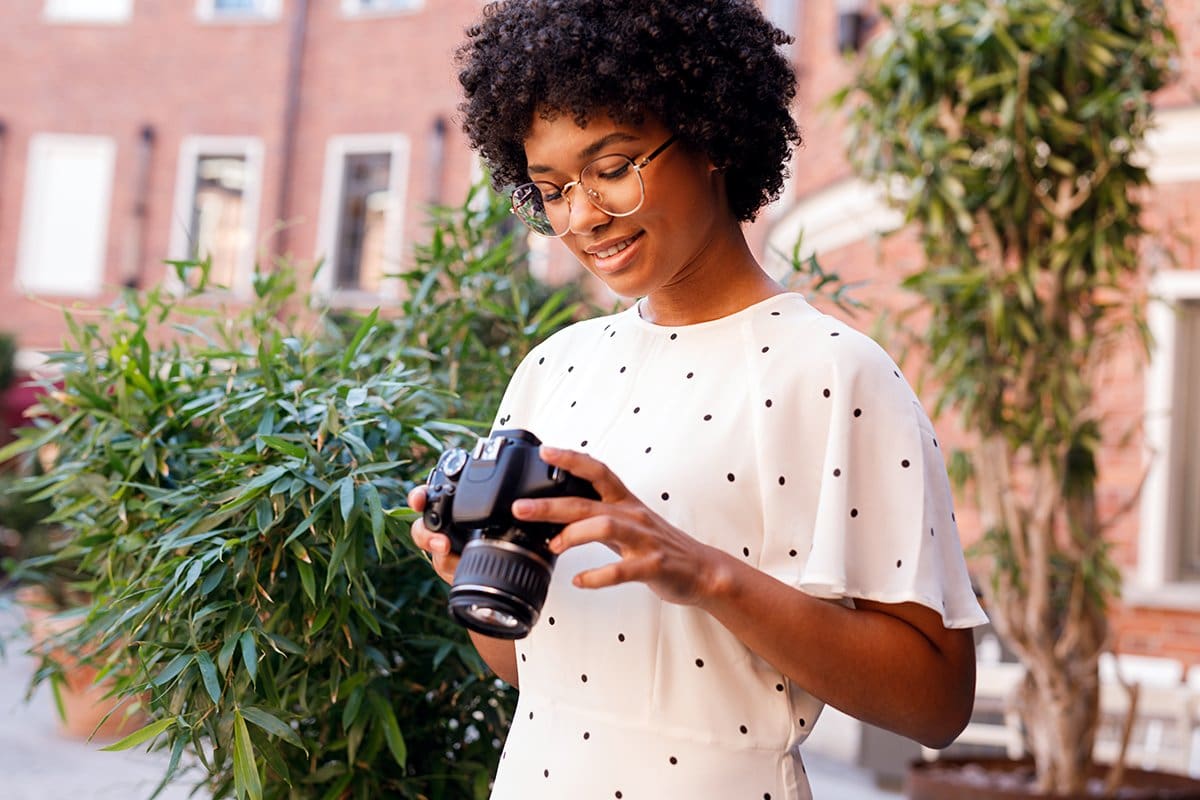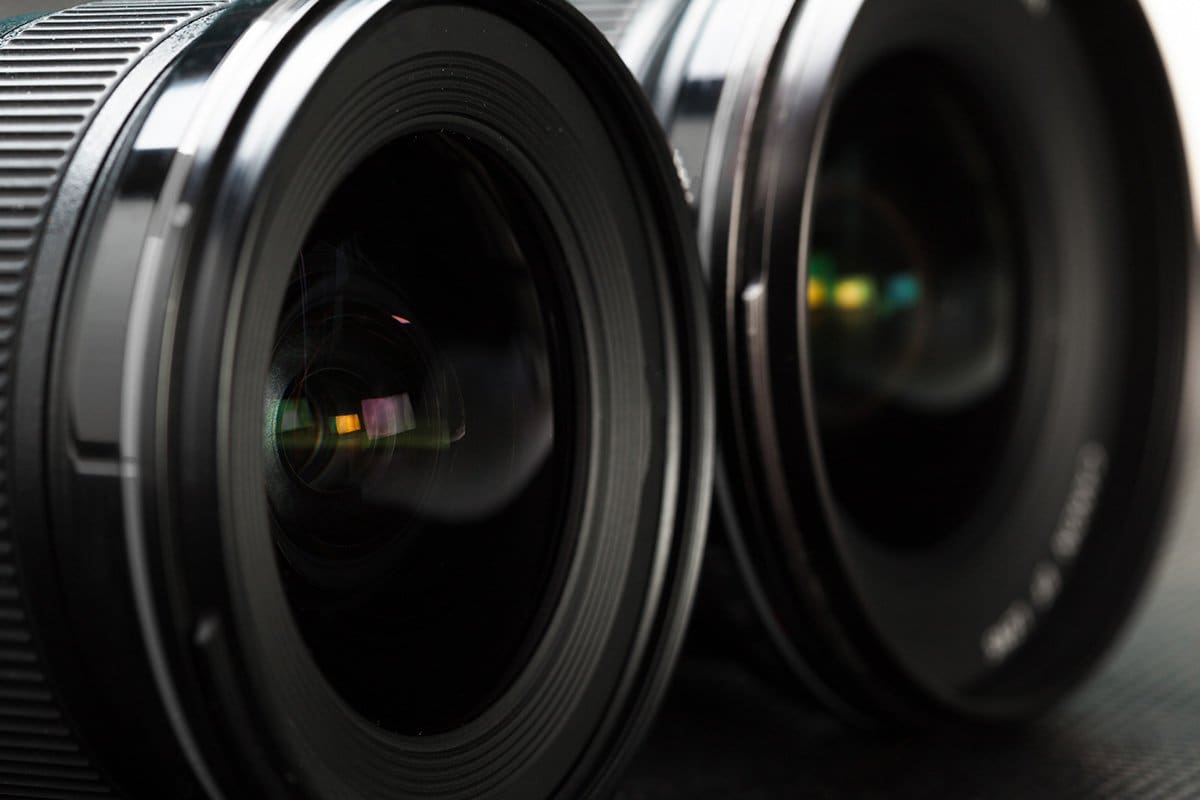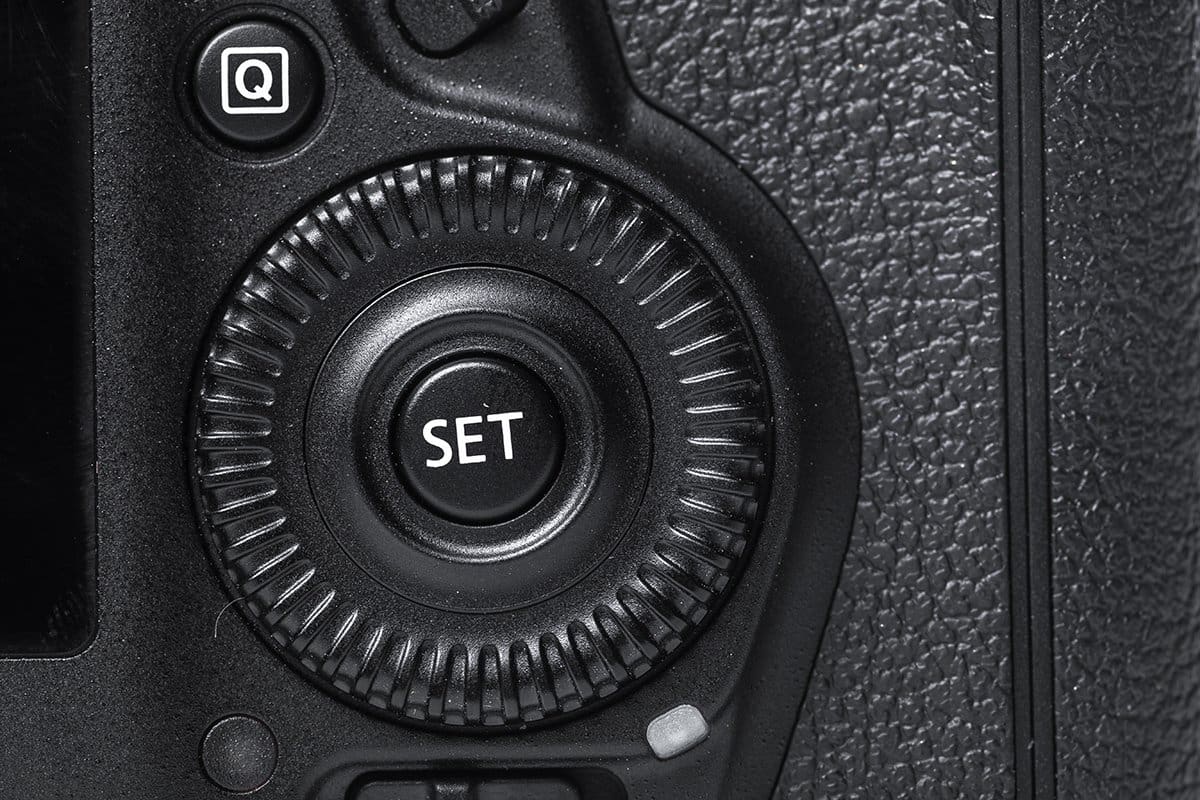June 19, 2023
By
MJ254
ISO Is One Of The Three Pillars Inside Your Exposure Triangle
Photography is the art of balancing light, and one of the critical elements that photographers manipulate to achieve the desired exposure is ISO. Understanding ISO is essential for anyone looking to improve their photography skills, whether you're a beginner or an experienced shooter. This article will break down ISO, how it affects your images, its benefits and drawbacks, and how it fits into the exposure triangle alongside aperture and shutter speed.
Understanding ISO
ISO stands for International Organization for Standardization, but in photography, it refers to the sensitivity of your camera's sensor to light. In simpler terms, ISO determines how bright or dark your photos appear. The ISO scale typically starts at 100 and can go up to 6400 or even higher on some cameras.
- Low ISO Values (e.g., 100 or 200): The sensor is less light-sensitive, resulting in darker images. This makes it ideal for shooting in bright conditions.
- High ISO Values (e.g., 1600, 3200, 6400): The sensor is more light-sensitive, making images brighter. This is useful in low-light situations.


When you adjust your camera's ISO setting, you're telling the sensor how much light it should capture. A lower ISO means the sensor collects less light, while a higher ISO amplifies the light signal, making the sensor more responsive in darker environments.
For example:
- ISO 100: Best for sunny outdoor shots with plenty of natural light.
- ISO 800: Suitable for indoor settings with moderate lighting.
- ISO 3200 and above: Used in very low-light conditions, such as night photography or indoor events without flash.
ISO and the Exposure Triangle
The exposure triangle consists of three elements that control the exposure of your image:
Aperture (f-stop): Controls the size of the lens opening, affecting the depth of field.
Shutter Speed: Determines how long the sensor is exposed to light, affecting motion blur.
ISO: Adjusts the sensor's sensitivity to light.
These three settings work together to achieve a well-exposed photograph. Changing one element often requires compensating with another to maintain the desired exposure.
Aperture (f-stop): Controls the size of the lens opening, affecting the depth of field.
Shutter Speed: Determines how long the sensor is exposed to light, affecting motion blur.
ISO: Adjusts the sensor's sensitivity to light.
These three settings work together to achieve a well-exposed photograph. Changing one element often requires compensating with another to maintain the desired exposure.
Advantages of Adjusting ISO
Increasing the ISO allows you to shoot in environments with less light without a flash. This is especially useful in situations where flash photography is prohibited or would disrupt the ambiance, such as concerts or theaters.
Flexibility with Aperture and Shutter Speed
Adjusting ISO gives you more flexibility to choose aperture and shutter speed settings that achieve your desired creative effect. For instance, you can maintain a fast shutter speed to freeze action while compensating for reduced light by increasing the ISO.
Achieving Proper Exposure
Sometimes, your images may still be underexposed, even with the widest aperture and slowest need to be explored. Raising the ISO can help you reach the correct exposure level.

Disadvantages of High ISO Settings
Increased Digital Noise
The most significant drawback of using high ISO values is the introduction of digital noise (also known as grain) into your images. Noise appears as random specks or discoloration, reducing image quality and sharpness.
- Fine Details Lost: High noise levels can obscure fine details, making the image look soft or muddy.
- Color Accuracy Affected: Noise can distort colors, leading to less accurate and less appealing photos.
Reduced Dynamic Range
Higher ISO settings can decrease the dynamic range of your camera's sensor. This means the camera is less capable of capturing very bright and very dark areas in the same image, leading to potential loss of detail in shadows and highlights.
Potential for Overexposure
If not managed carefully, increasing the ISO can lead to overexposed images, especially in scenes with variable lighting. It's essential to monitor your exposure settings to prevent blowing out highlights.
Tips for Using ISO Effectively
Tips for Using ISO Effectively
- Start with the Lowest ISO: Use the lowest ISO setting to ensure the highest image quality with minimal noise.
- Adjust According to Lighting Conditions: Increase the ISO only when necessary, such as in low-light situations where adjusting aperture and shutter speed isn't sufficient.
- Know Your Camera's Limits: Different cameras handle high ISO settings differently. Familiarize yourself with your camera's performance at various ISO levels to know when noise becomes unacceptable.
- Use Noise Reduction Techniques: If you need to shoot at high ISO, consider using noise reduction software during post-processing to minimize the impact of digital noise.
- Monitor Exposure: Monitor your histogram and exposure meter to ensure you're not overexposing your images when adjusting ISO.
Conclusion
ISO is a fundamental aspect of photography that is crucial in controlling exposure. By understanding how ISO works and interacts with the aperture and shutter speed in the exposure triangle, you can make informed decisions to achieve the desired look for your photos. While increasing ISO can introduce noise and reduce image quality, it also provides the flexibility to capture images in challenging lighting conditions. Balancing ISO with the other elements of the exposure triangle allows you to maintain creative control and produce compelling photos in various environments.
Remember, photography is about experimentation and finding the right balance for each unique situation. Don't hesitate to adjust your ISO settings and explore how they affect your images. With practice, you'll gain confidence in managing ISO and enhance your photographic skills.
Remember, photography is about experimentation and finding the right balance for each unique situation. Don't hesitate to adjust your ISO settings and explore how they affect your images. With practice, you'll gain confidence in managing ISO and enhance your photographic skills.


